Fall Holidays Reveal the Dangers of Cultural Appropriation
November 24, 2021
Holidays like Halloween and Thanksgiving can cause people to behave in culturally-insensitive ways without even realizing it.
Over the past few years, the media has become more aware of the cultural insensitivity that individuals have on certain occasions, such as Halloween.
Individuals like Native Americans have very diverse traditions and cultures. Many people in today’s modern-day society don’t know the history and meaning behind certain apparel and events.
According to Tribal Trade, a website that informs of tribal teachings, Warbonnets, commonly known as headdresses, are a significant piece of headwear in their traditions. People who wear headdresses have earned great respect and power in their tribe. The person who wore the headdress sometimes had to fast for several days before receiving each additional feather, which displays loyalty.
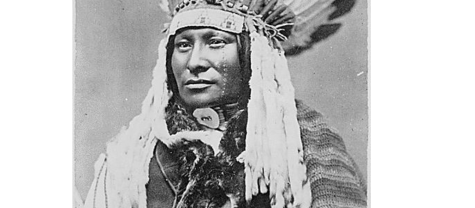
When some people dress up as Native Americans for Halloween, they often include headdresses in their costumes.
Many people of this culture take offense when stereotypical Native American costumes are worn during the fall season, as it may be an inaccurate representation of their customs, nor do they know what the significance of their clothing and culture means.
Consider how it may feel for people like Valerie Reynoso, a writer of Indigenous descent for Teen Vogue, who says that they have “suffered through centuries of colonialism, capitalist exploitation, erasure, and commendation–to then be romanticized and whitewashed in mainstream Western culture adds insult to enduring injury.”
If you still want to dress up while still respecting everyone’s traditions, consider dressing up as a specific character from a movie/tv show, like Pocahontas. This still allows some freedom of what people desire to dress up as, while still respecting everyone’s traditions.
Concerning Thanksgiving, Native Americans may be offended by how many people celebrate this holiday.
When the pilgrims first arrived in Cape Cod, they didn’t have enough food, so Four Strings Farm, a heritage farm in Rockport, Texas, states that “ the Pilgrims took fourteen bushels of buried corn” from the Native Americans.
John Smith, an English explorer, came to the Wampanoag in hope of an alliance. Soon after, they were weakened by disease. Although the Wampanoag weren’t looking to make alliances with the pilgrims, they knew it would benefit them because of how many people they had lost in their tribe.
These groups were clearly well associated when history.com writes, “In November 1621, after the Pilgrims’ first corn harvest proved successful, Governor William Bradford organized a celebratory feast and invited a group of the fledgling colony’s Native American allies, including the Wampanoag chief Massasoit.” This event is “now remembered as American’s ‘first Thanksgiving.’”
When families come together to celebrate Thanksgiving they come together and feast, many aren’t actually celebrating the acknowledgment of peace between groups.
Informing many people, like family during the holidays, of the significance of Native American culture and the history that goes behind holidays like Thanksgiving shows appreciation towards their culture.


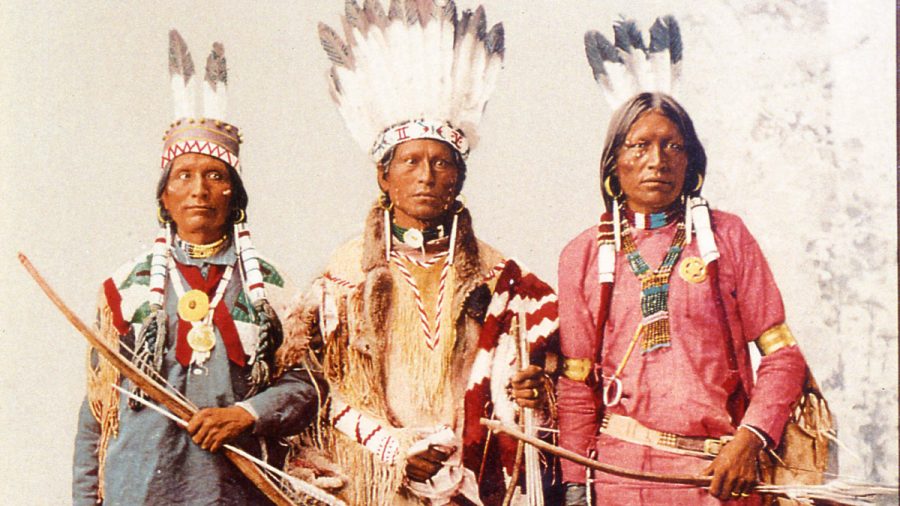
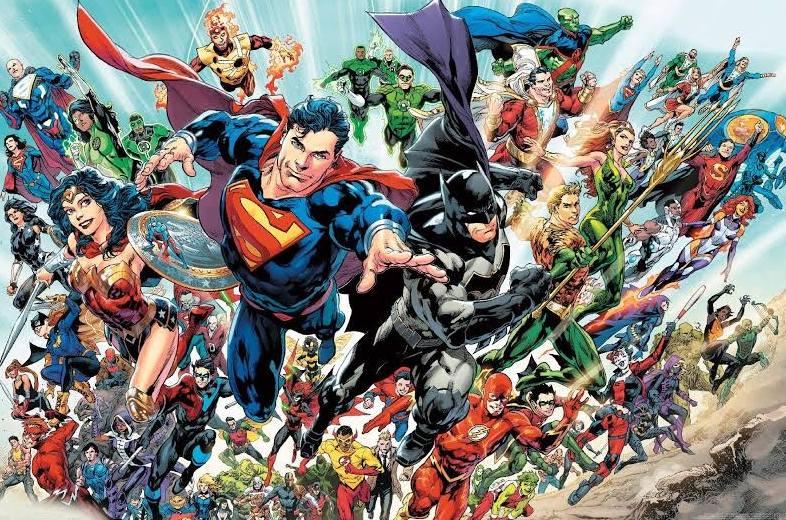
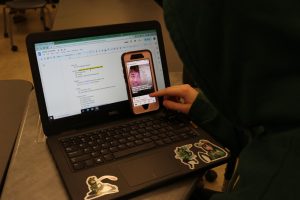





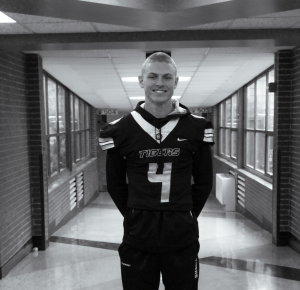
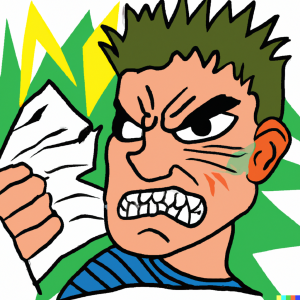
Don Crow • Dec 6, 2021 at 10:17 am
Don’t overthink it, people who dress up as indians don’t have to have the perfect outfit for what they are trying to do. For Example if you dress up as a police officer and don’t have a badge of a deputy people really wouldn’t care because the outfit still represents what they are trying to dress up as.